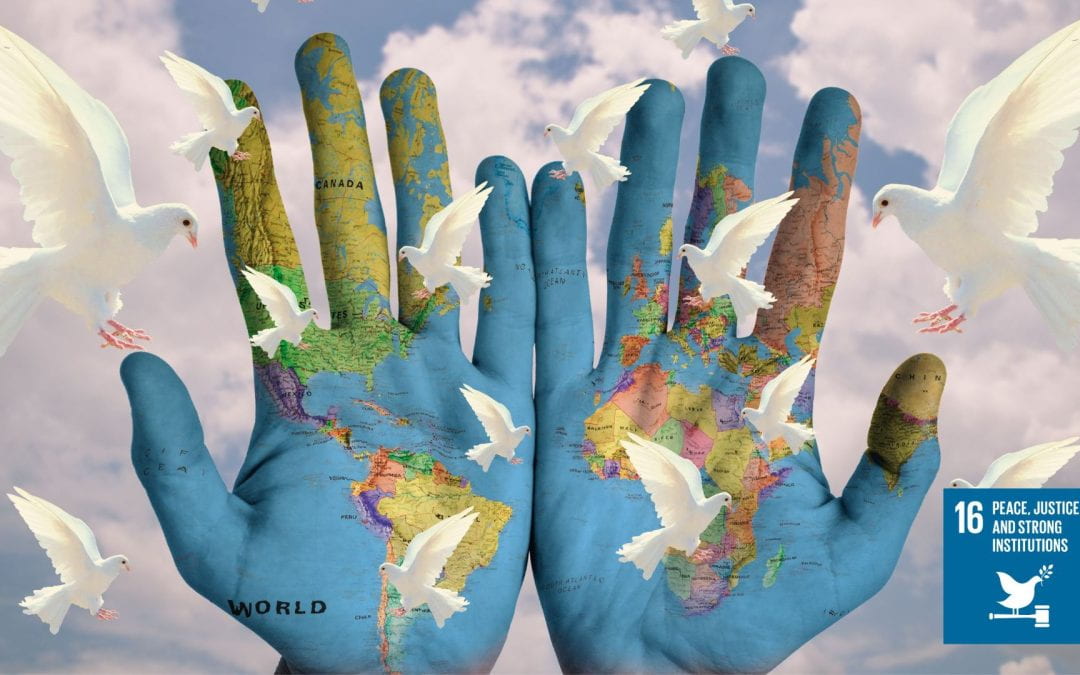
Towards a Peaceful Strong World: Homocides and the Quest for Global Justice
A world we all aim for
In the pursuit of a world marked by Peace, Justice, and Strong Institutions (SDG 16), there exists a formidable challenge that casts a shadow on our collective journey: intentional homicides. As nations strive for equilibrium and progress, this rising tide of violence threatens to disrupt the delicate balance sought under SDG 16, unraveling the fabric of our communities and hindering the path to justice.
The Unsettled World
Intentional homicides not only claim lives but shatter communities, leaving a trail of grief and despair in their wake. The impact reverberates beyond the immediate loss, affecting the very foundations of sustainable development. As we stand at the intersection of a quest for global justice, intentional homicides emerge as a stark reminder of the work yet to be done.
A Sign of Change
The CPIA (Country Policy and Institutional Assessment) Public Sector Management and Institutions cluster average provides an assessment of a country’s public sector quality, including aspects of governance and institutional strength. While this assessment doesn’t directly address homicides, improvements in public sector management and institutions can have indirect effects on reducing crime and promoting stability.
Countries with higher CPIA Public Sector Management and Institutions cluster average scores are likely to have more effective governance, transparent institutions, and better public administration. Such improvements can contribute to a stable environment, potentially discouraging criminal activities, including homicides. Strengthened institutions often lead to better law enforcement, judicial systems, and crime prevention strategies, indirectly impacting public safety.
Bold Steps
It’s our turn to help in implementing SDG 16. Let’s start drawing the peaceful world we always dreamed of by:
- Advocating for Policy Reforms: Encourage comprehensive policy reforms that prioritize enhancing public sector management for increased transparency and responsiveness.
- Promoting Anti-Corruption Measures: Emphasize the importance of anti-corruption measures within public institutions to ensure integrity and accountability.
- Investing in Judicial and Legal Reforms: Support initiatives aimed at improving judicial and legal systems for fair and efficient justice.
- Empowering Local Communities: Foster community engagement in decision-making processes, empowering citizens to actively participate in governance.
- Championing Transparency with Open Data: Advocate for transparency through open data initiatives, making government data accessible for public scrutiny.
- Enhancing Education and Training: Invest in education and training programs for public servants to elevate their skills and knowledge.
- Encouraging Collaboration: Promote collaboration between government, civil society, and the private sector to address shared governance challenges.
- Raising Public Awareness: Launch public awareness campaigns to inform citizens about the importance of strong institutions in ensuring justice and maintaining peace.